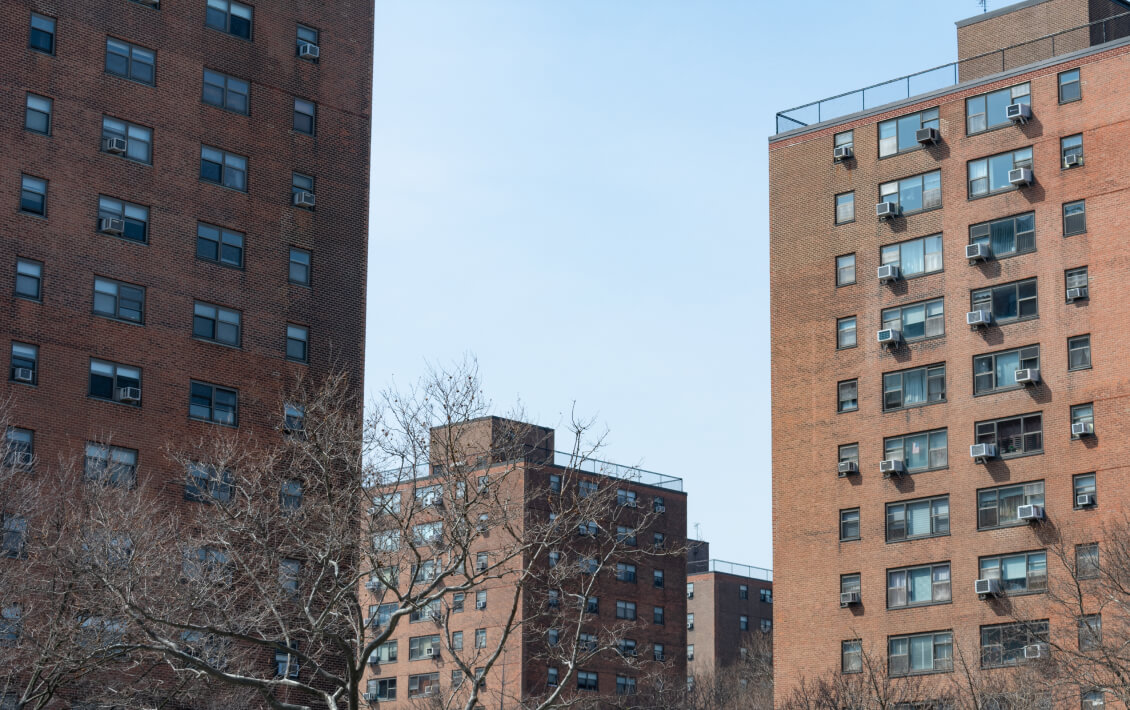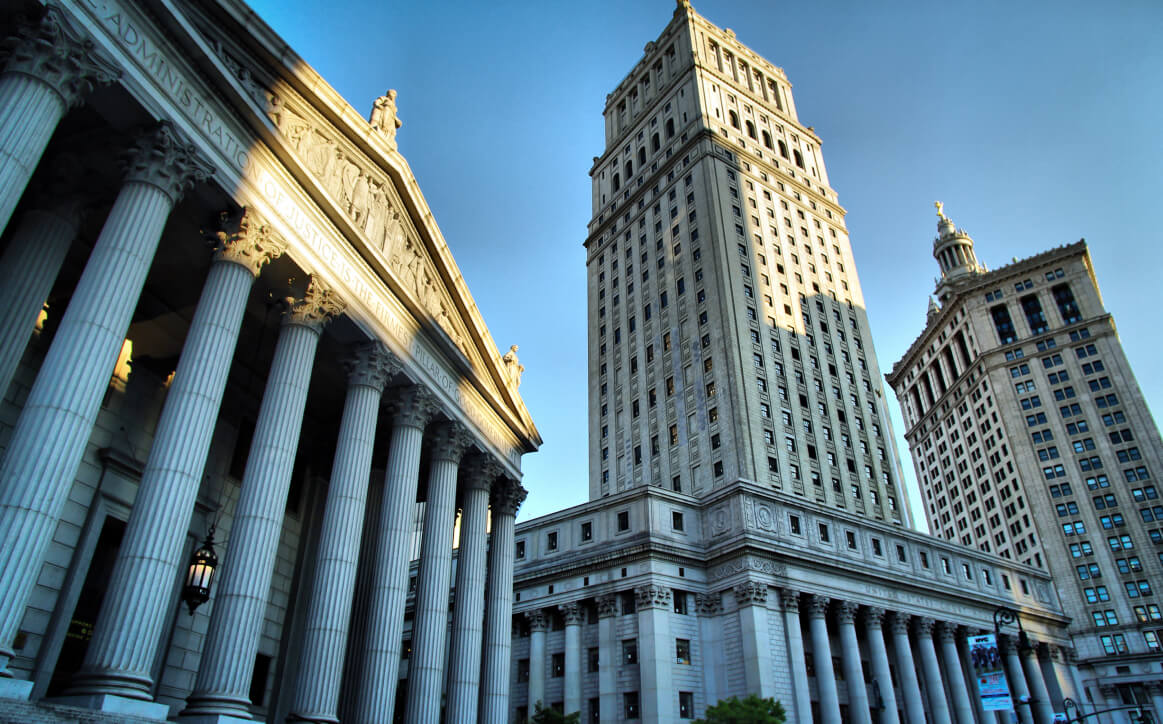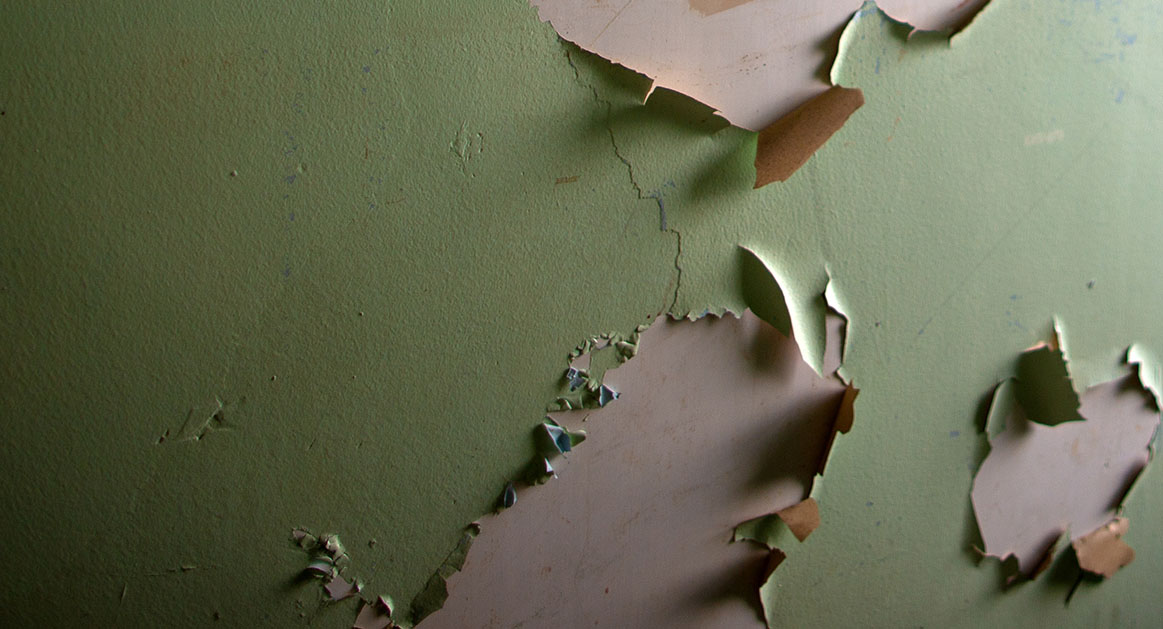Introduction: New York City, a mosaic of old and new, faces a hidden threat in its aging buildings: lead poisoning. The city’s weapon in this fight, Local Law 1 – the New York City Childhood Lead Poisoning Prevention Act, has undergone significant amendments over the past several years. These changes signal evolving advancement in public health policy, particularly in safeguarding the health of the city’s children against the perils of lead exposure.
Historical Context: Local Law 1’s original framework focused on “multiple dwellings” – typically buildings with three or more independent dwelling units. This definition, however, left a chasm in the substantial protections afforded to children within the City of New York. One and two-family homes were not covered except in the cases when they were defacto transformed into multiple dwellings, often through the illegal creation of attic and basement apartments.
Significant Expansion in Coverage: An amendment (LL 29/2020) effective February 11, 2021, redefined “multiple dwelling” to include one and two-family homes. This important change expanded the law’s reach, enveloping a broader spectrum of residences and, by extension, New York City’s populace under its protective wing. Smaller, potentially vulnerable homes are no longer excluded from this crucial legislation, marking a milestone in lead poisoning prevention.
Stricter Standards for a Safer City: A 2019 amendment to Local Law 1 (LL 66/2019), effective June 13, 2019, introduced more stringent standards for lead dust concentration, substantially lowering the permissible levels. This amendment lowered the permissible lead dust levels from 40 to 10 micrograms per square foot on floors, from 250 to 50 micrograms per square foot on window sills, and from 400 to 100 micrograms per square foot in window wells. Then, another important step was effective on June 1, 2021, whereupon these standards were further tightened. The new thresholds were set at 5 micrograms per square foot on floors, 40 micrograms per square foot on window sills, and 100 micrograms per square foot on window wells. These adjustments reflected a stringent and proactive commitment to reducing lead exposure risks, aligning with evolving understandings of public health safety and setting a higher bar for residential environments in New York City. It also makes clear that there has always been a factual distinction between regulatory violations and lead levels that allow for the possibility that a child will suffer from lead poisoning through exposure to lower thresholds of lead dust and lead-based paint.
Nonetheless, these and other amendments demonstrate NYC’s dedication to creating safer living spaces, particularly for families with young children, who are most vulnerable to the dangers of lead poisoning.
Overall Impact on Public Health: These legislative amendments have reshaped the city’s approach to lead poisoning prevention. They broaden the law’s coverage and enforce more rigorous safety standards. Emerging data indicate these legislative changes yield positive results, contributing to a decrease in lead poisoning incidents across New York City. This is a promising sign of the effectiveness of these amendments in enhancing public health.
Addressing Implementation Challenges: While these amendments mark significant progress, challenges in implementation and enforcement remain. The expanded coverage of the law calls for increased resources and vigilance in inspections and compliance. Future legislative efforts might focus on refining these processes and ensuring the law’s effectiveness in protecting public health, particularly in communities with older housing stock.
Conclusion: The evolution of Local Law 1 reflects New York City’s steadfast commitment to advancing public health measures. These amendments are not just legal modifications; they are a pledge to the city’s future – to protect its children and families from the hazards of lead poisoning. As we move forward, the importance of vigilant enforcement and community engagement in this public health endeavor cannot be overstated. New York City’s fight against lead poisoning is a testament to the power of proactive legislation and a reminder of our collective responsibility to safeguard our communities.
We welcome your legal questions for topically relevant articles in the future. Feel free to compose a question – it may be addressed in future articles. Email Question
Free Case Evaluation
Fill Out The Form Below To Find Out If You Have A Case.
Thank you for contacting us. One of our colleagues will get back to you shortly.



